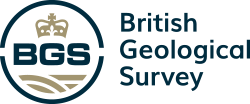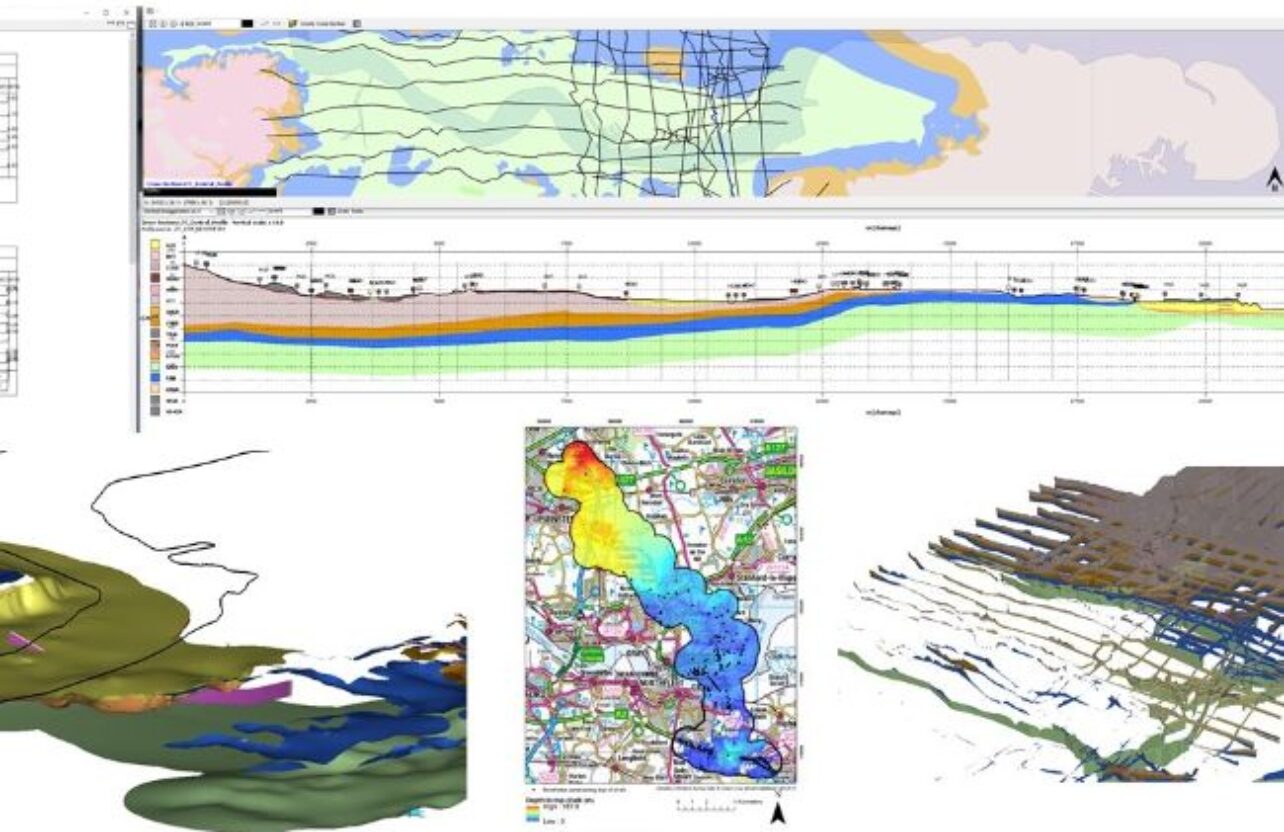
Coal mine gas emissions risk screening tool – a web-based solution for public bodies

- Company: British Geological Survey
- Client: North Lanarkshire Council and WSP
- Year: 2022 - 2025
- Region: Scotland
- Product: BGS information products and services for planning, BGS Geohazard information products
- Geographical information systems (GIS) and mapping
- Environmental and sustainability services
- Land search and assessment
Introduction
Challenges
The importance of this process was underscored in 2014 in Gorebridge, near Edinburgh, where around 200 residents of a new housing estate experienced nausea and headaches caused by elevated carbon dioxide levels from disused mine workings. Ultimately, 64 homes had to be demolished.
Solutions
Previously, assessments were manual and time-consuming. BGS built a rapid prototype in weeks and refined it over six months using ArcGIS Experience Builder and ArcGIS Online. The tool integrates BGS geological data with publicly licensed datasets from the Mining Remediation Authority. Hosted on the council’s ArcGIS Online system, it is now used daily by pollution control and planning officers to inform decision-making.
Users simply draw site boundaries, and the tool generates colour-coded risk scores for each 50 m² grid cell, with the option to explore to detailed data like nearby mine entries and boreholes. Outputs support internal decision-making and can be shared externally.
Results
• Faster planning decisions. The tool significantly reduces the time needed to assess mine gas risks, enabling quicker, evidence-based planning decisions.
• Greater confidence and consistency. By providing a single, standardised method of assessing mine gas risks, the tool builds trust among councils, contractors, and developers.
• Improved public safety. The tool simplifies the complex task of mine gas screening, ensuring consistent risk evaluation early in the planning process—helping prevent incidents like Gorebridge.
• A model for other mining regions. Believed to be the first tool of its kind globally, BGS plans to build on this success and extend similar services to other mining regions.
The mine gas risk screening tool is helping to inform development decisions and planning applications by giving consistent, accurate information to officers and planning applicants. The tool also reduces the need for additional investigations where there is a negligible risk, allowing development to progress more quickly.

